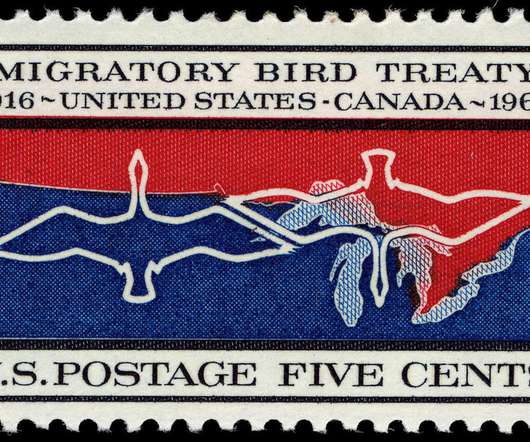Altruism, Albatrosses, and Vicious Young Men
10,000 Birds
JUNE 27, 2017
Laysan albatrosses are ocean-dwelling seabirds who have 6-foot wingspans, weigh 7-8 pounds, occasionally sleep while flying, and rarely land except to raise their chicks. The oldest Laysan albatross was last seen raising a chick on Midway Atoll in 2016, at age 66. People who work with wildlife understand that death is a part of life.












Let's personalize your content